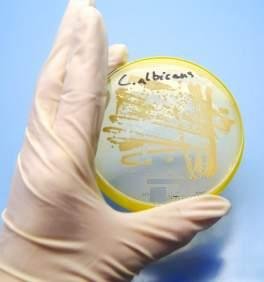
A*Star scientists solve century-old mystery of how Candida albicans is a major cause of hospital-acquired infections
Singapore: A*STAR scientists from the Institute of Molecular and Cell Biology (IMCB) have solved the problem of how Candida albicans causes hospital-acquired infections of the blood, an issue that had not been solved and remained mysterious for the past 100 year.
The scientists solved the problem by constructing stable haploid strains of Candida albicans, which is considered the most prevalent human fungal pathogen and is ranked among the top four microbial pathogens. The discovery was jointly made by two teams of scientists led by Professor Wang Yue of IMCB and Professor Judith Berman of the University of Minnesota and will enable scientists to effectively target and treat infections by Candida albicans. The findings were published in a research paper titled, 'The obligate diploid Candida albicans forms mating-competent haploids' in the online issue of Nature on January 30, 2013.
Candida albicans has a mortality rate of as high as 45 percent. Currently, the choice of drugs for treating infections by this pathogen is limited, and drug-resistance has emerged worldwide, posing a great challenge to medicine.
Nearly all other fungi have a haploid and a diploid phase in their life cycle, enabling the haploid cells to mate and generate genetic variations. However, up till this recent discovery, yeast scientists the world over had been unable to identify a haploid phase of this fungus.
Without a haploid phase, it is indeed extremely difficult for scientists to carry out genetic screens in fungi as this would require the precise targeting of both copies of a gene in a diploid organism to be able to observe a change, thus hindering the progress of the study of the virulence and delaying the development of effective treatment of fungal infections. With this discovery of the haploid phase in Candida albicans, however, scientists will now be able to easily target just one copy of the gene to observe a change, allowing for more successful screening and speeding up the discovery of targets for the development of drugs.




